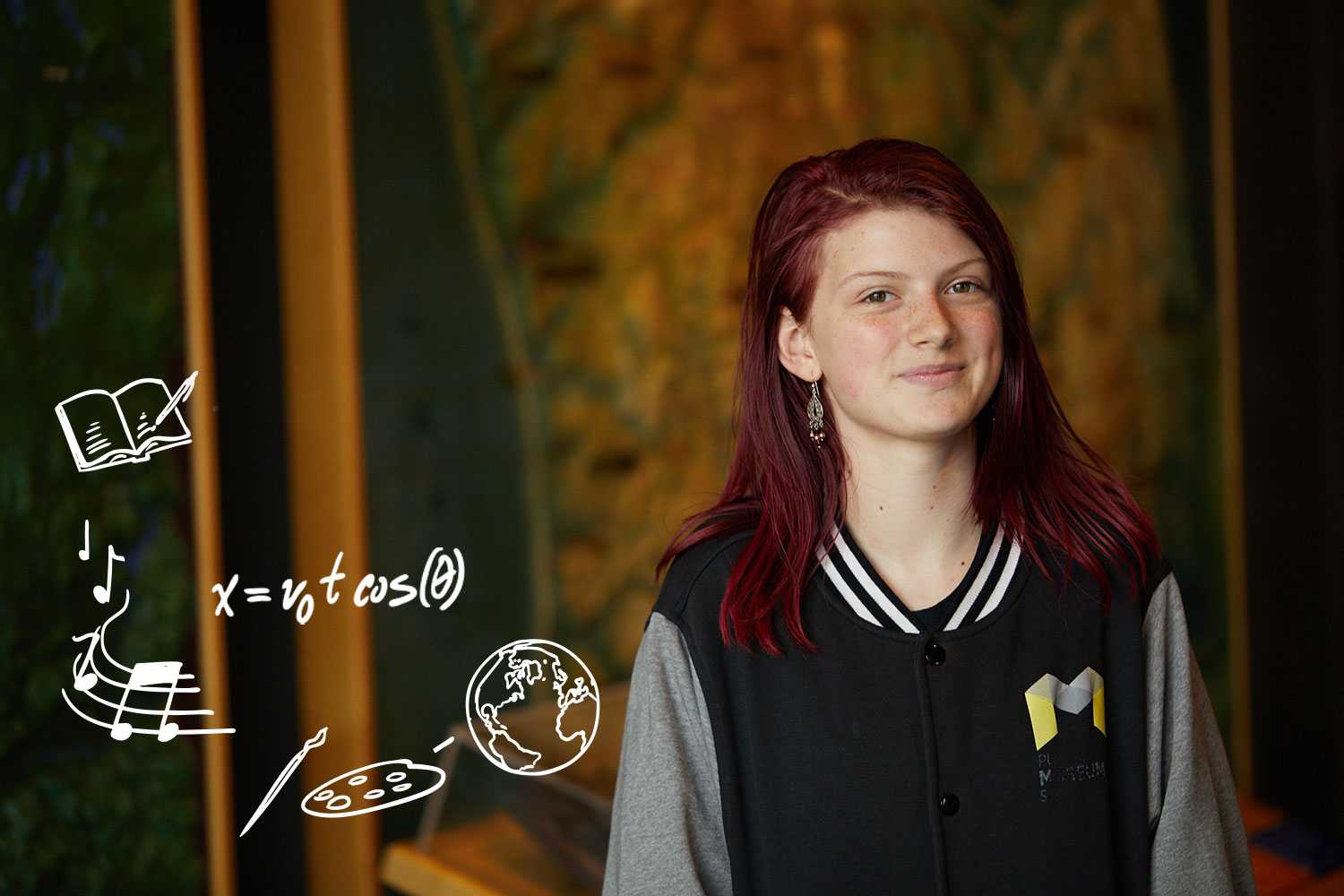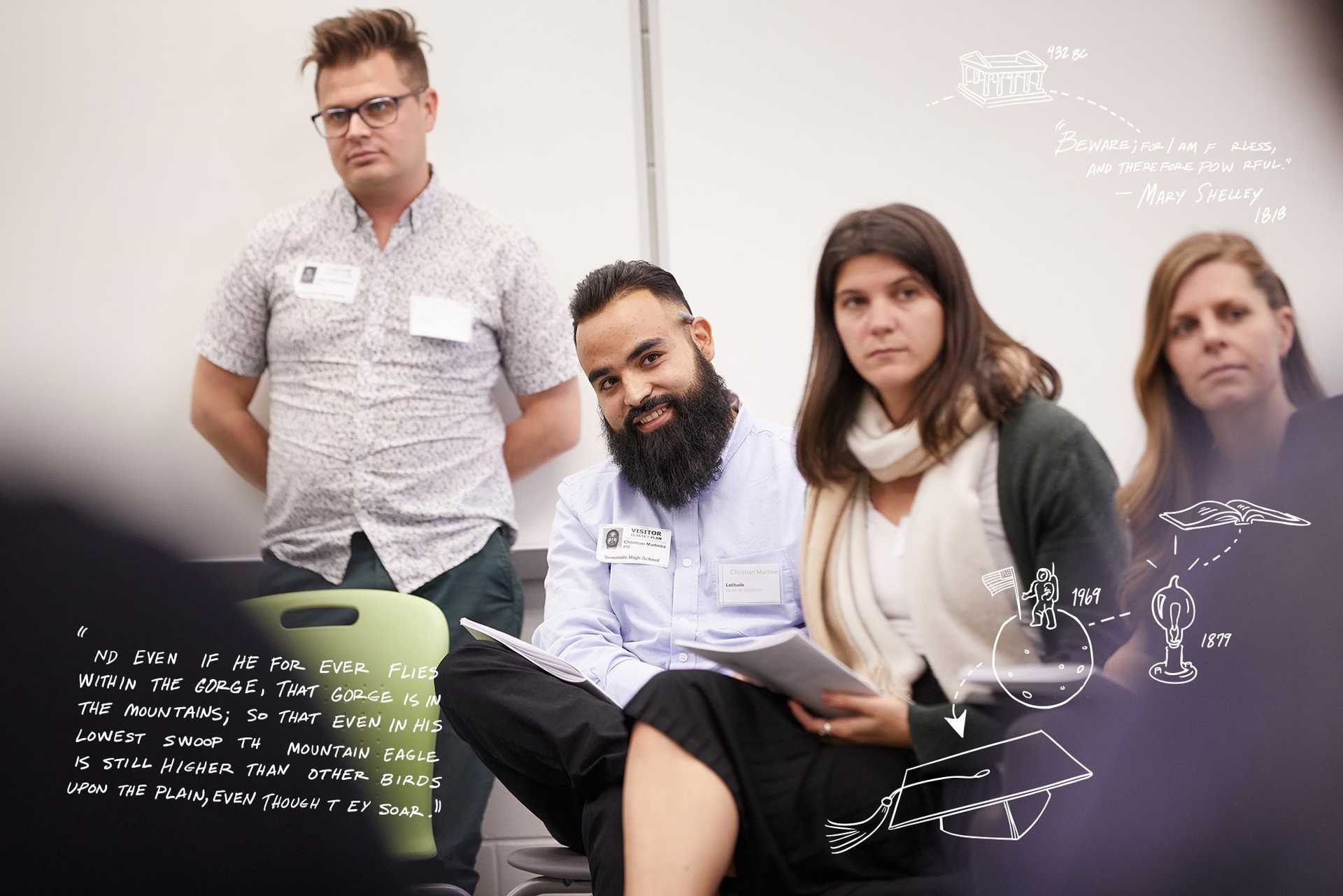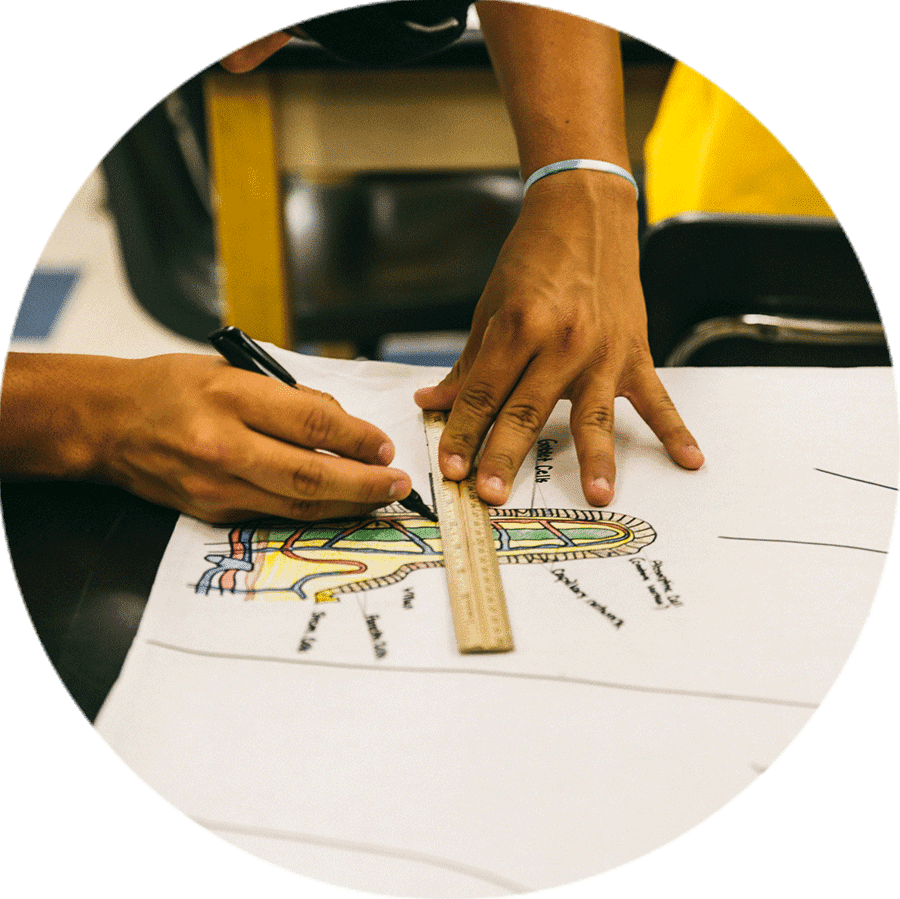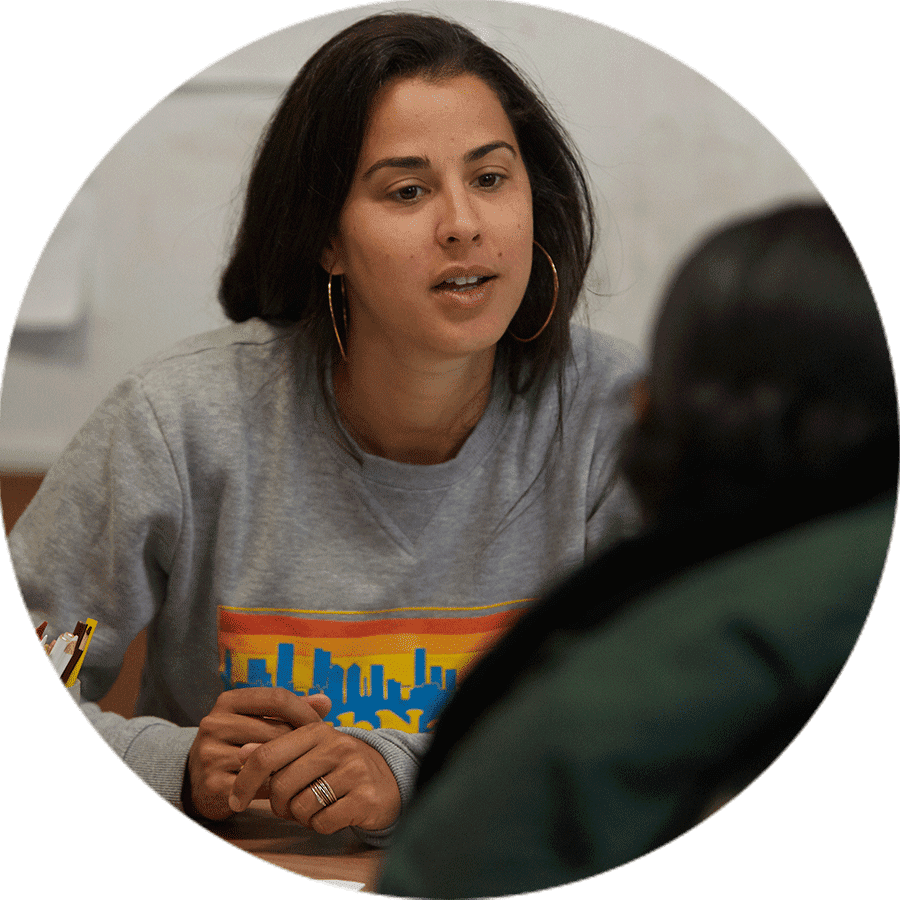1. Students need to have a voice in decisions about what and how they learn.

Self-directed learning builds self-confidence and self-reliance.
Fact:
Secondary students who have a voice in school are 7 times more likely to be academically motivated than those who do not.
Source: Quaglia Institute
Historically, our society has leaned toward telling adolescents what they need and every last detail of how to get it. The result? High levels of disengagement; low levels of effort.
If they are to exert real effort in their learning and emerge prepared for adult life, young people need to play an active role in co-creating their learning journeys.
To help young people feel genuinely involved in their own learning, as well as in ongoing decisions about their school, we need to consider some difficult questions. These questions have particular resonance as we consider what we know about student engagement and lack of engagement during COVID-related school closures:
- How can a school invite honest input from students?
- How can their contributions have a real influence on decisions and outcomes?
- How can we ensure that every student develops a strong sense of belonging?
- How can we build students’ confidence to voice their voices heard?
- When is it appropriate for students to lead?
- How can adults have genuine conversations with students about the academic preparation they need for future opportunities?
*Tip: Look back at Hart’s Ladder of Youth Participation for insights on how to engage students authentically in working through questions like these.
Above all, we should avoid the pitfall of making assumptions about what students might be feeling. According to a national survey by the Quaglia Institute for Student Voice and Aspirations, “an alarming gap exists between teacher and student beliefs around decision making in the classroom.” While 97 percent of teachers said they encourage students to make decisions, only 60 percent of students believed so. More than eight in ten teachers said they actively seek student opinions and ideas, but fewer than half of students said teachers are willing to learn from them.


How can we engage students in school redesign and in shaping their own learning experience?
Dive Deep
![student smiling]() Relationships and Remote Teaching
Relationships and Remote TeachingEmily Krone Phillips, author of “The Make-or-Break Year,” says caring teacher-student relationships are the key ingredient for student agency.
Read More![hand measuring with a ruler]() Structure Supports Agency
Structure Supports AgencyIn this guest post on Education Week, two experts explore how flexible scheduling supports student agency at Summit Shasta and other innovative schools.
Explore![student speaking]() Ed Research for Recovery
Ed Research for RecoveryWhat does research say about how to keep students actively engaged in learning as we recover from the pandemic? Find answers here.
Read More![hand writing with a pen]() A Taxonomy of Personalization
A Taxonomy of PersonalizationHow much student agency is right for your school? GettingSmart’s Tom Vander Ark offers a useful continuum for thinking it through.
Read
Analyze
It can be challenging to balance student “voice and choice” with ensuring that all graduates master the fundamental knowledge, skills, and competencies they need.
Step 1 – Research
Explore strategies and practices you can put in place to elevate student voice, while also ensuring that students get the guidance they need to graduate fully prepared. Consider how you can intentionally build students’ capacity to guide their own learning.
Step 2 – Reflect
Share your findings with your team and discuss these questions:
- What strategies and practices would work best for your school? Which would most effectively support your school mission and your goals for teaching and learning?
- Did differences of opinion surface within your team? In particular, did differences emerge between the views of students and adults?
- How can we test our ideas with students, teachers, and others?




